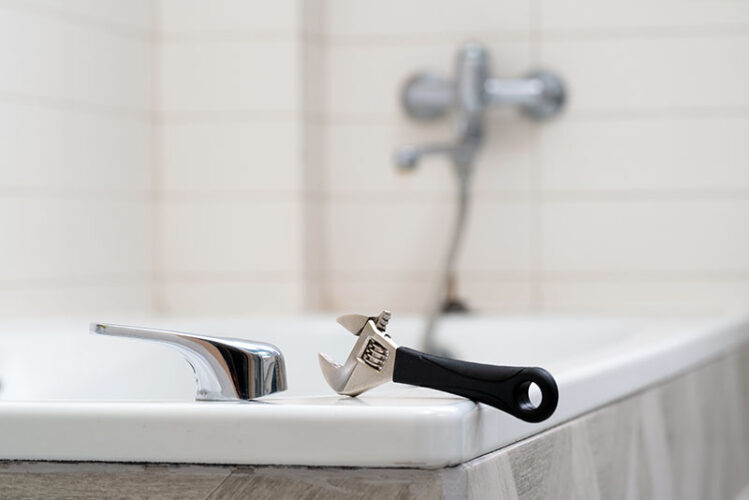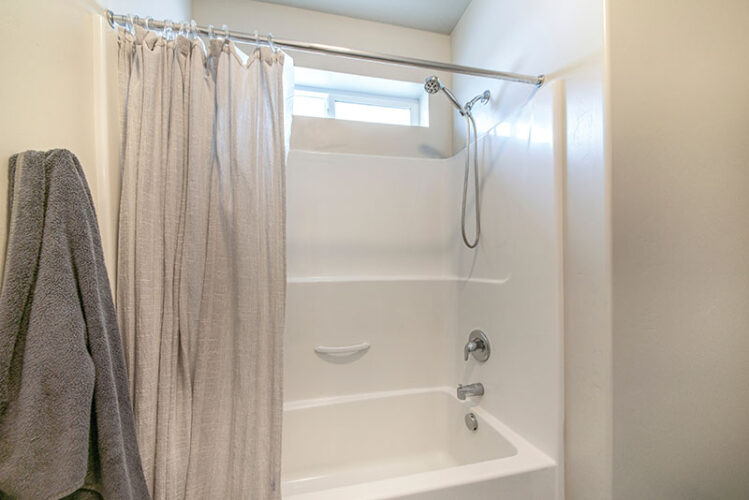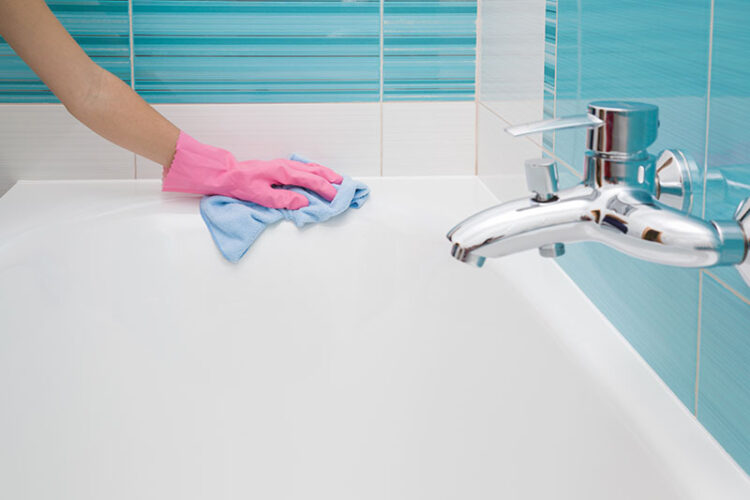Convert Your Clawfoot Tub to a Shower: A Complete Guide

Why convert your clawfoot tub to a shower?
Clawfoot tubs are often vintage treasures worth thousands of dollars, so replacing a cherished piece with a shower is like removing a Bentley to make room for a Fiat Uno. That doesn’t mean you can’t accommodate your showering preference, though. A shower/tub combo will let you keep drawing joy and returns from your investment.
The benefits of converting a clawfoot tub to a shower
A clawfoot conversion is one of the most affordable bathroom renovations you can execute. You needn’t haul out your tools and replumb your bathroom. You can simply attach your shower fittings to your tub faucets will an affordable conversion kit. Other benefits include:
- Enhanced functionality and convenience: You’ll retain your vintage character while still enjoying a morning shower.
- Increased accessibility for all family members: Disabled residents and those with chronic conditions that carry a drowning risk can bathe with a hand shower instead of a tub.
- Extra space: A tub/shower combo will save you a minimum of 30 square feet of floor space.
Get a Free Estimate Today
60% off installation. Special financing available. See details.
Considerations before a conversion
To perform a clawfoot tub/shower conversion, your tub, plumbing, and flooring need to accommodate your goals. Don’t worry. We’ll get you there in three easy steps:
1. Assess the condition of your clawfoot tub
Clawfoot tubs are the geriatrics of the bathroom world, so your tub might be looking worn. Before you perform your conversion, check the feet to see if you need a new retrofit. Look for yellow stains to ascertain whether the surface needs to be refinished. Many older tubs were made of porcelain-coated cast iron, so check for metal exposure, especially under the tub.
2. Determine if your plumbing system can support a shower
Open the wet wall and make sure your plumbing is up to code. Showers require a two-inch drain line, but you can use a reducer bushing or gasket to connect mismatched pipes. Trap adaptors are an alternative that allows for a threaded connection.
3. Budget for the conversion project
A simple tub spout with a converter could set you back anywhere between $600 for a basic kit and $5,000 for a spa-style conversion. It’s never that simple of course, so don’t forget to add resurfacing, putty, and a drain pipe to your budget. Not all kits provide them.
Step-by-Step Conversion Process
- Remove the existing tub fixtures: Break the connections at the back of your tub and loosen the lock nuts with a crescent wrench to prevent damage.
- Prepare the tub surface for shower installation: A thorough clean and air dry will remove oil and dirt. Rubbing alcohol will address silicon or oil-based residues, allowing you to achieve an airtight fit.
- Install the showerhead, faucet, and drain: Your diverter connection will fit directly into your faucet assembly. Use putty to form an airtight seal. Now connect the pipes via your lock nuts and clear away excess putty before tightening your compression nuts.
- Assemble and connect your riser: This equipment will connect to both the tub and wall for extra stability. Use a level to make sure your threaded pipe is plumb with the ground. Now put your two or three-inch drain pipe in position and cut it to fit. Then place it with thread tape or paste.
No shower will ever achieve the luxurious antique aesthetic of a clawfoot tub. If you’ve carefully protected your home’s vintage character, a tub/shower combo will retain your charming ambiance. A long, bubbly bath is the perfect way to melt away the anxieties of the day, so don’t be too quick to remove vintage fixtures.
Need help with a bathtub or shower replacement? Contact 1-800-HANSONS for a free estimate.
Related Articles:
Signs it’s Time to Replace Your Shower
Signs it’s Time to Replace Your Bathtub
















